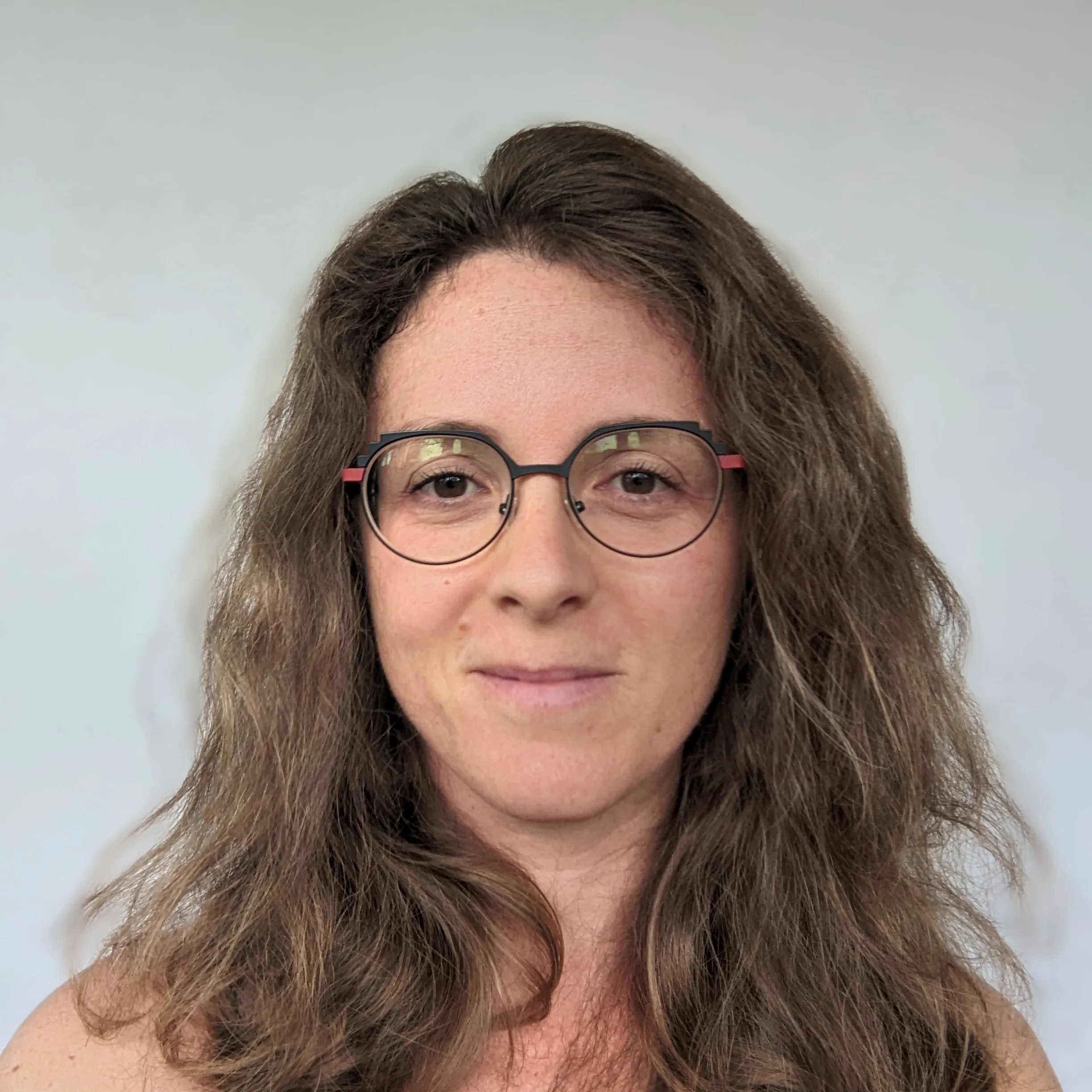Finding the right accommodation is difficult due to missing key details—such as available activities, nearby locations, and accurate filters.
The client initially approached this project with the idea:
"We want to launch a marketplace to help people find and book the perfect accommodation."
To create a meaningful solution, I reframed this idea into a problem statement:
There is currently a lack of accommodation booking platforms that provide the right criteria.
This results in travelers spending more time than really needed to find accommodation, disappointed travelers when booking an accommodation : lack of activities, uncertainty about the location.
I aim to provide a booking platform with searching criteria that meet families' expectations.
Brief Analysis
The founder of Accom.ai personally experienced the challenge of struggling to find a specific accommodation. There is a lack of supportive information and user controls to help traveling couples find suitable getaways in France.
Competitors
Airbnb, Booking.com, Expedia
Target Audience
Couples in their 40s with families seeking unique accommodations in France.
Objective & Constraints
The goal was to design a new web application with key sections: Homepage, Search/Booking, My Bookings, Profile Settings, and Authentication. Given this was Version 1, I had to be practical and realistic, considering limited listings (as it was a launch), tight timelines, and available resources.


























































